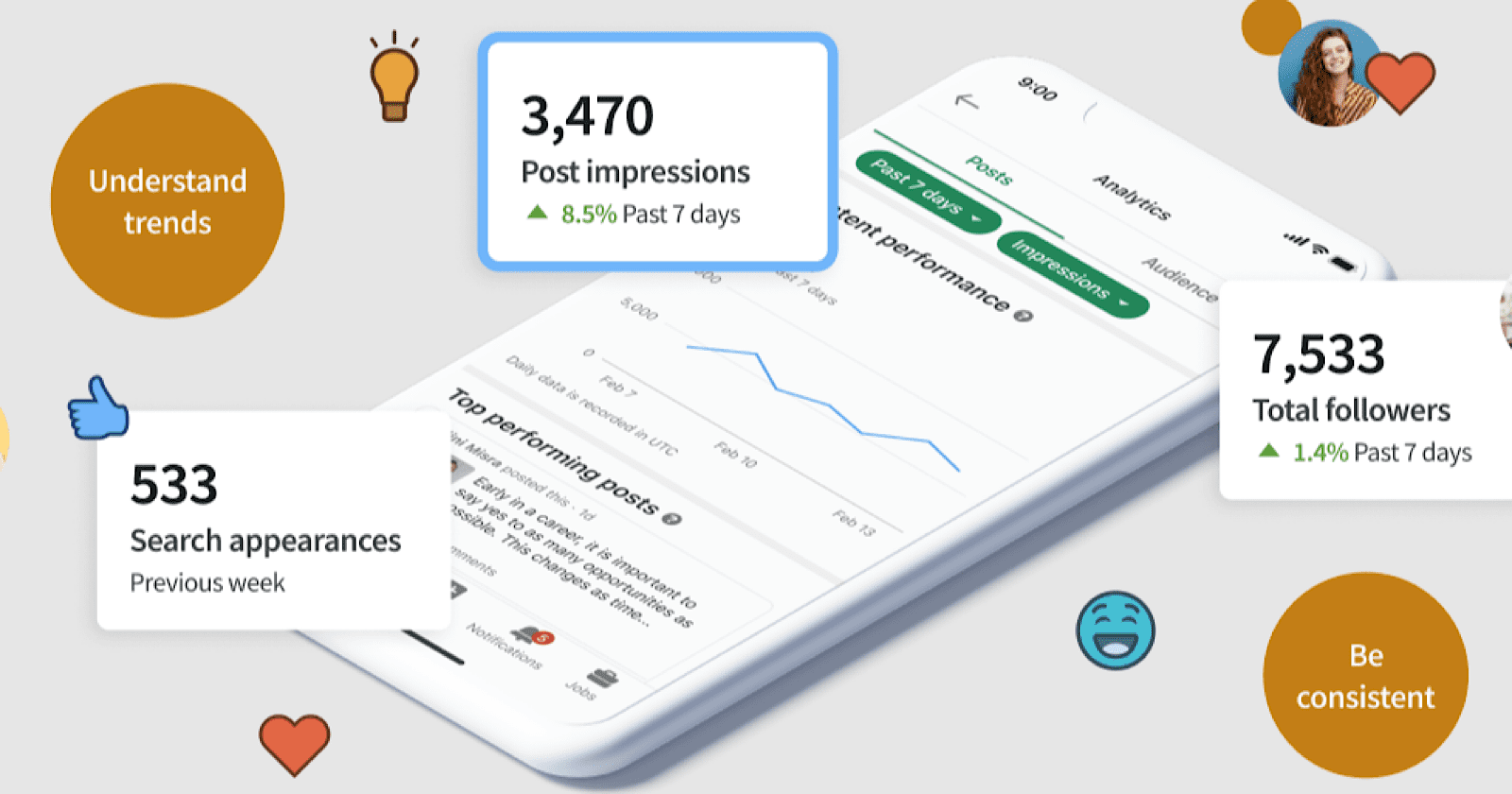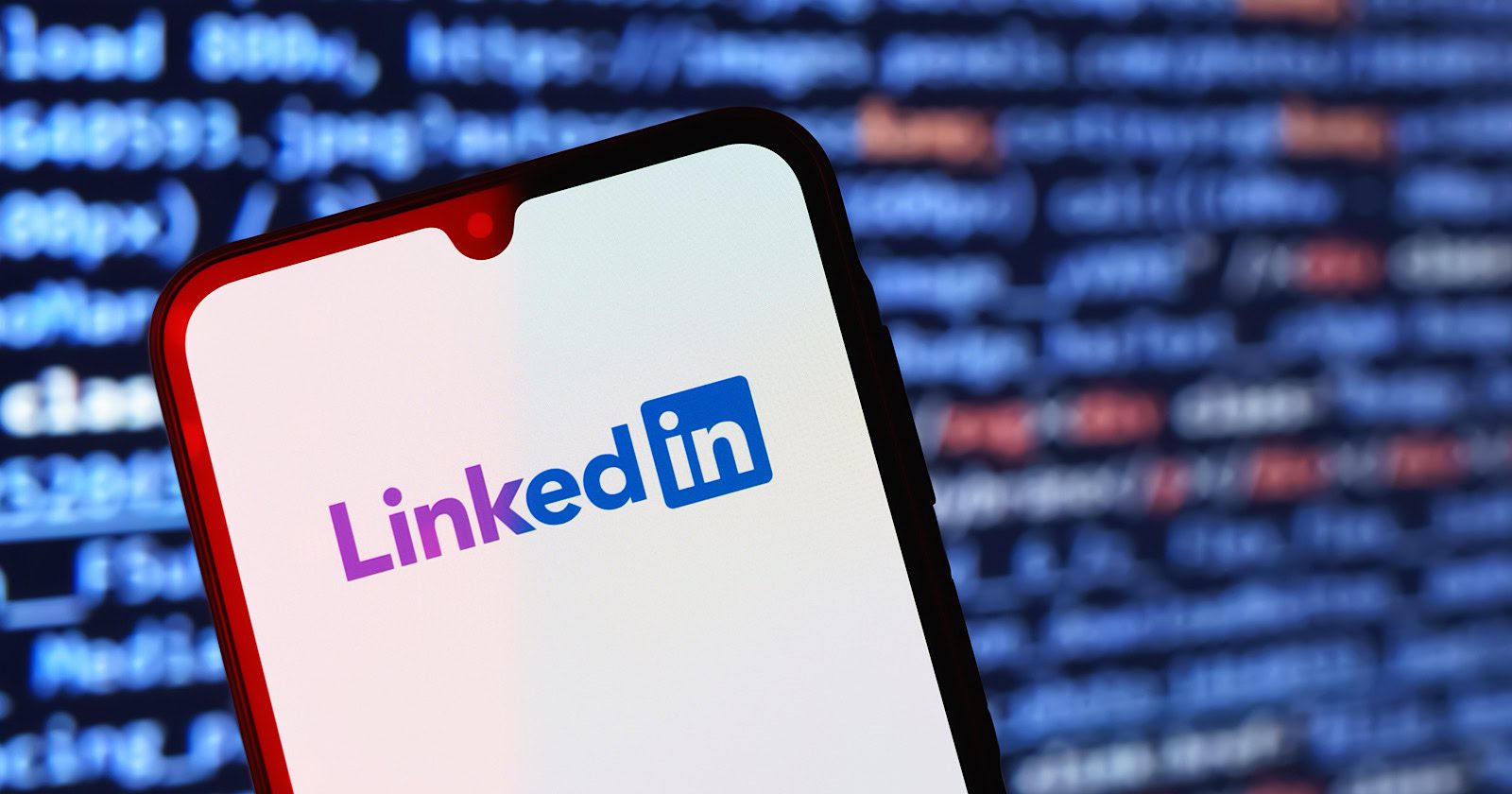LinkedIn Lists Top 15 In-Demand Skills, Makes Related Courses Free via @sejournal, @MattGSouthern
LinkedIn has published its “Skills on the Rise” report, which lists the 15 fastest-growing skills in the U.S. job market.
To stay competitive, here’s what professionals should focus on.
The Top 15 Skills In Demand for 2025
AI is driving major workplace changes. LinkedIn predicts that by 2030, about 70% of skills in most jobs will significantly change. A quarter of professionals plan to learn new skills this year.
“AI Literacy” is now the most in-demand skill, reflecting the need for workers who can use AI tools across all industries.
While many list “AI” as a skill, this usually means basic familiarity with tools like ChatGPT rather than in-depth expertise.
The complete list of fastest-growing skills identified by LinkedIn includes:
- AI Literacy
- Conflict Mitigation
- Adaptability
- Process Optimization
- Innovative Thinking
- Public Speaking
- Solution-Based Selling
- Customer Engagement & Support
- Stakeholder Management
- Large Language Model (LLM) Development & Application
- Budget & Resource Management
- Go-to-Market (GTM) Strategy
- Regulatory Compliance
- Growth Strategy
- Risk Assessment
The report explains why each skill is gaining importance and the most common job titles and industries where these skills are prevalent.
Soft Skills Gaining Importance
While AI skills are essential, there is a growing need for soft skills. These skills are valuable as organizations address complex workplace issues such as return-to-office policies and managing teams from different generations.
For example, “Conflict Resolution” (ranked #2) is essential for customer service representatives, administrative assistants, and project managers in the technology and internet sectors.
“Adaptability” (ranked #3) is becoming essential for teachers, administrative assistants, and project managers as they face fast technological and economic changes.
Free Learning Resources Available
To help people develop these skills, LinkedIn is offering free access to related LinkedIn Learning courses until April 18. The list includes a link to a recommended course for each skill.
The report also includes in-demand skills lists for 15 job functions and seven additional countries, including Australia, Brazil, France, Germany, India, Spain, and the UK.
LinkedIn created a separate list specifically for marketing job functions, as shown below.
 Screenshot from: LinkedIn, March 2025.
Screenshot from: LinkedIn, March 2025.LinkedIn’s methodology for determining the fastest-growing skills considers three key factors: skill acquisition (the rate at which members add new skills to their profiles), hiring success (the share of a skill possessed by recently hired members), and emerging demand (increased presence of skills in job postings).
See LinkedIn’s full report.









